
O que são rádios portáteis/de mão?
Existem quatro tipos de rádios bidirecionais: portátil, móvel, estação base de mesa e repetidora.
• Os rádios móveis são usados em um carro ou caminhão e usam a energia do veículo. Eles alcançarão um alcance melhor usando uma antena montada externamente no veículo.
• Os rádios da estação base de mesa são colocados em uma mesa ou balcão. Eles usam energia elétrica e podem ser conectados a um cabo que leva a uma antena montada externamente.
• Os repetidores podem estender o alcance do rádio aumentando o sinal onde o repetidor está localizado para que o sinal continue viajando. Eles amplificam o sinal recebido/de entrada para um domínio de frequência mais alto para que seja reutilizável, escalável e disponível.
• Os rádios portáteis são dispositivos transmissores/receptores de rádio portáteis, o que significa que você pode levá-los aonde quer que vá. Eles podem enviar e receber mensagens de rádio. Os rádios portáteis podem ser usados em todos os cenários, seja para comunicação no ambiente de negócios, para uso em túneis e minas, ou para comunicação confiável para a polícia ou bombeiros.
Types of Portable/Handheld Radios
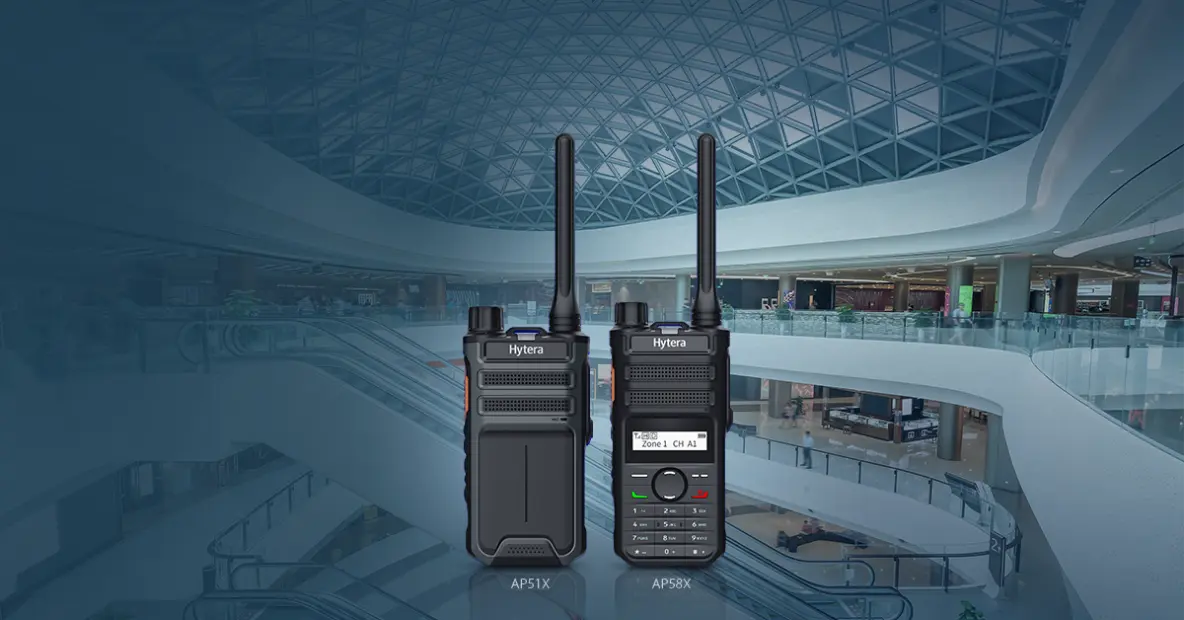
Analog Portable Radios
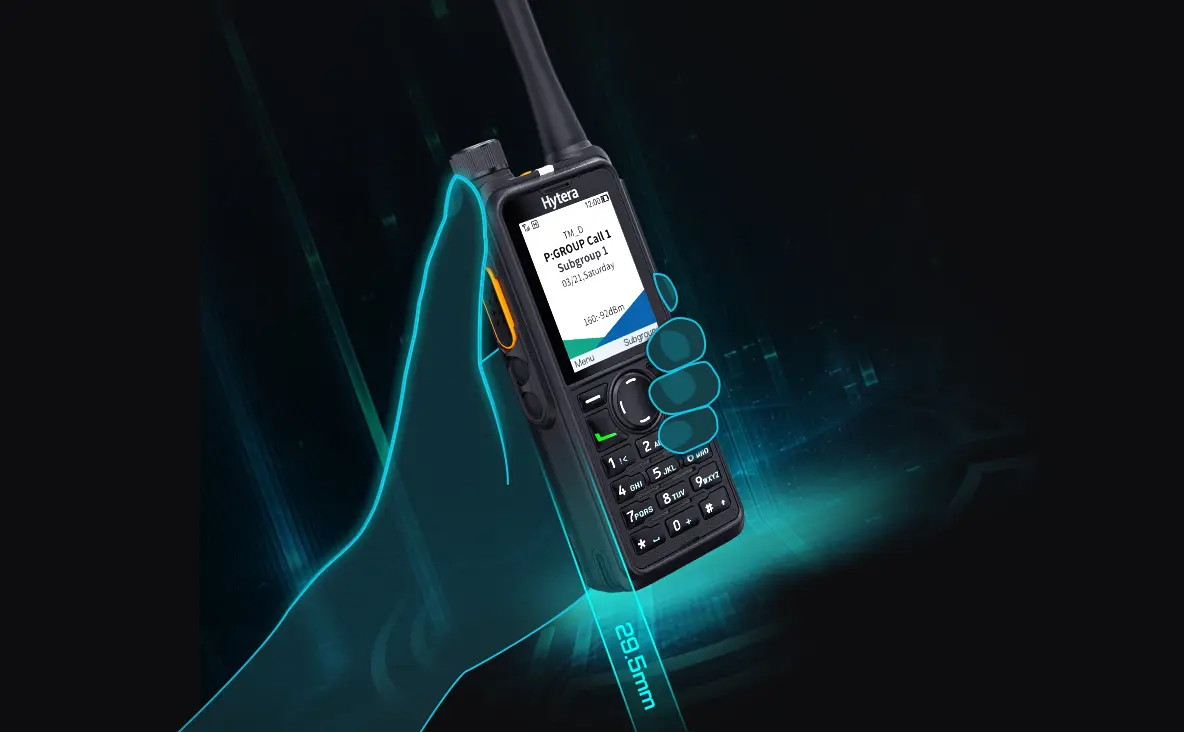
Digital Handheld Radios
Digital handheld radios convert the audio to digital information then compress the digital information and transmit it in pieces. Digital radios can improve the quality of voice. Because digital radio receivers have built-in technology that cleans and filters transmissions, the reception is more resistant to interference and can be used in a wider range of signal environments, and can achieve better voice and audio quality, with fewer received audio noises but clearer voice. Another side, digital radios can provide better data processing and interface functions to achieve perfect and convenient voice and data service integration.

Push-to-Talk Over Cellular (PoC) Radios
The Push-to-Talk Over Cellular (PoC) radio is a two-way radio that uses the existing public network for communication. PoC radio system is favorable for group users because it eliminates the distance restriction of traditional Land Mobile Radio (LMR) devices. Due to its wide coverage and low cost, it can be rapidly deployed in batches to meet your needs of emergency response and improve work efficiency for your organization.
Quais são os Componentes Básicos dos Rádios Portáteis
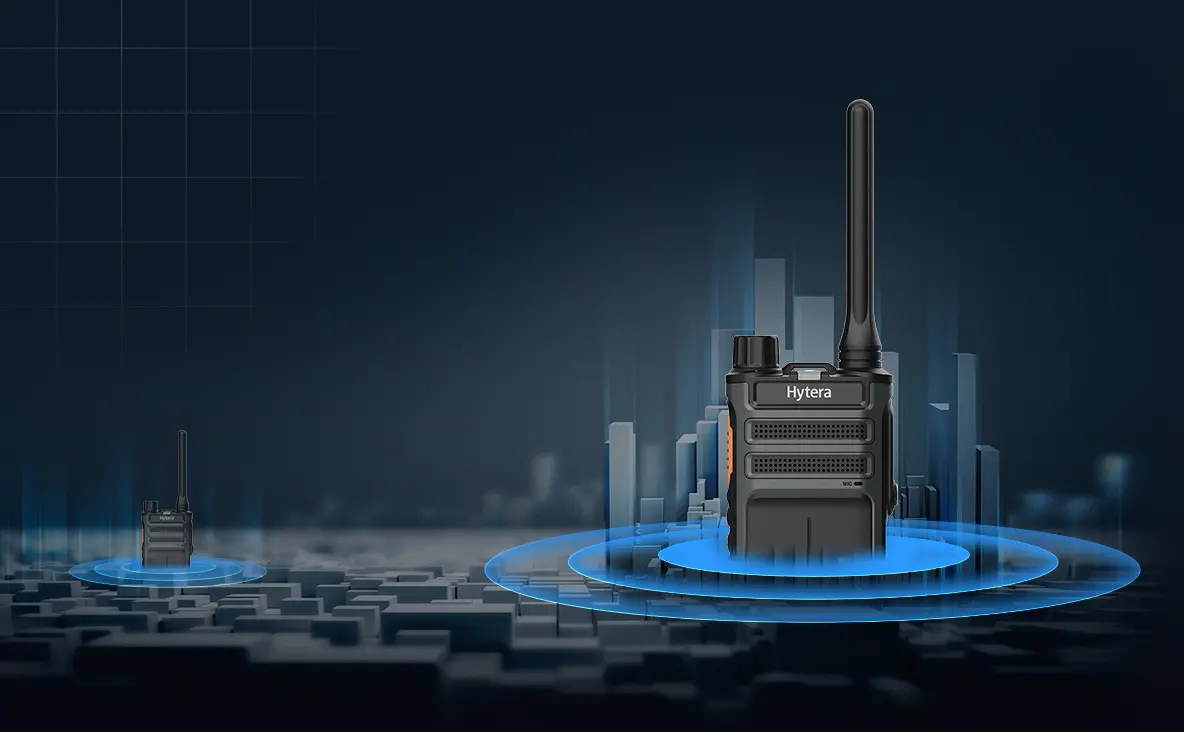
Main Unit
A portable two-way radio main unit generally consists of PCB components from the inside and radio housing from the outside. PCB is the core electronic part of the radio unit while the housing is often featured with an external antenna, volume/switch button, and indicator light normally located at the top.
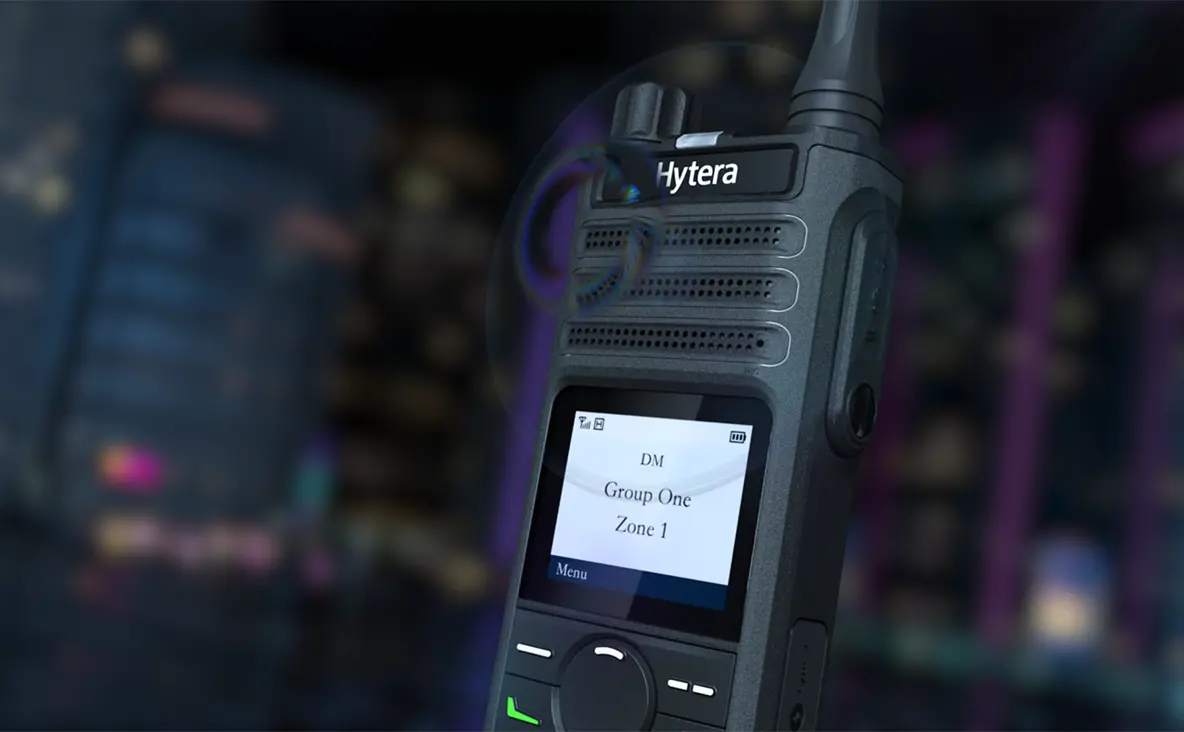
Speaker and Microphone

PTT Button

Emergency Alert Button

Antenna
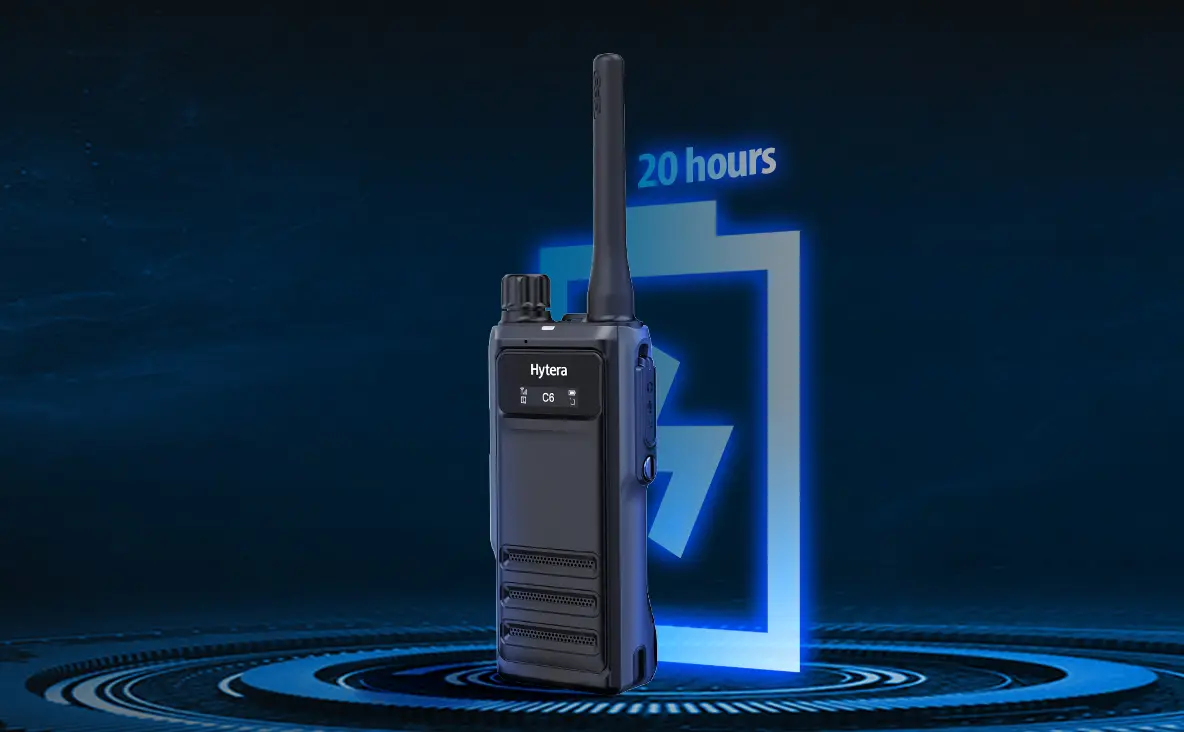
Battery
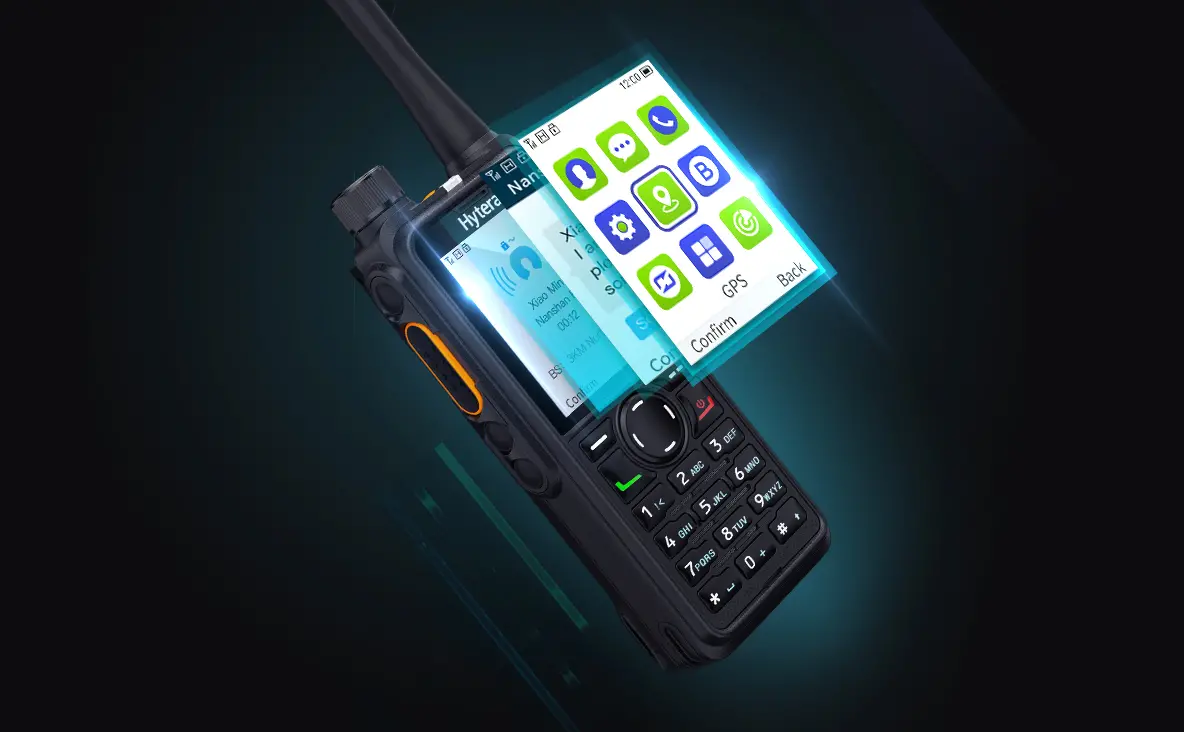
Display
Série de Rádios Portáteis e Portáteis Hytera
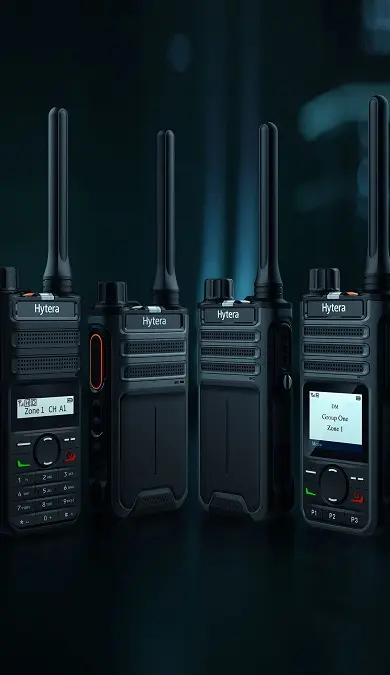
Hytera AP/BP Series
Hytera AP/BP Series
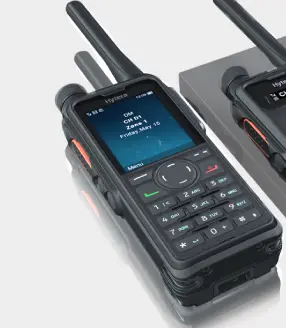
Série Hytera-H
Série Hytera-H
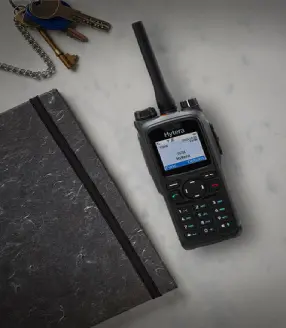
Rádios Hytera TETRA
Rádios Hytera TETRA
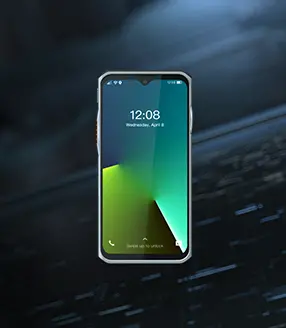
Rádios PoC
Rádios PoC


